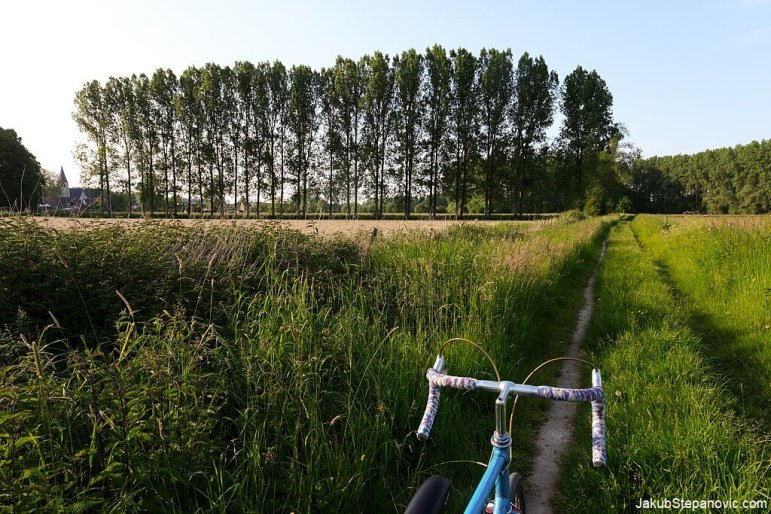
The ABC of finding my way to road cycling and the unique Belgian bike culture.
I moved to Flanders this year, and the local government's tourism agency says that I am in "The mecca of cycling, the paradise of beer." They might be onto something with the second claim; according to the Association of Belgian Brewers, there were 408 active breweries in 2021. But how about the cycling part? That's what this post is about.
I'd consider myself enthusiastic about bikes, so being in a "mecca of cycling" must naturally fit me, right? Well, it was not a straightforward process. I like mountain biking, while most locals are keen roadies. Even if they go off-road to ride cyclocross, they do it with alien bikes and clothes to what I know. So, it was entering a different world than what I am familiar with, which brought adventurous moments while searching for cycling heaven. More on that later, now let's start with context.
There are only a few countries stoked about cycling as Belgium. While many cycle only as a means to get to places, the sport has a huge following.

Road racing draws crowds in Belgium. Pictured is Arnaud De Lie winning the 2023 Memorial Jef Scherens race in Leuven.
This is then reflected in the road culture, where drivers are respectful. As such, it is common to see all ages cycling among cars – this wouldn't be the case if it felt dangerous.

It is not rare to see children cycling in car traffic in Belgium.
the local infrastructure for cyclists includes impressive, dedicated bike lanes like this:

Example of Belgian "Bike Highway." Very cool!
I also noticed specialized trash cans designed for cyclists here, a sight familiar from the Netherlands and Finland. And if those are the countries to compare your country's cycling experience, you know that it's doing something right.

Sometimes, cities close arterial thoroughfares to cars and open them for cyclists. It is pretty popular.
Okay then, let's get on a bike!
City Cycling
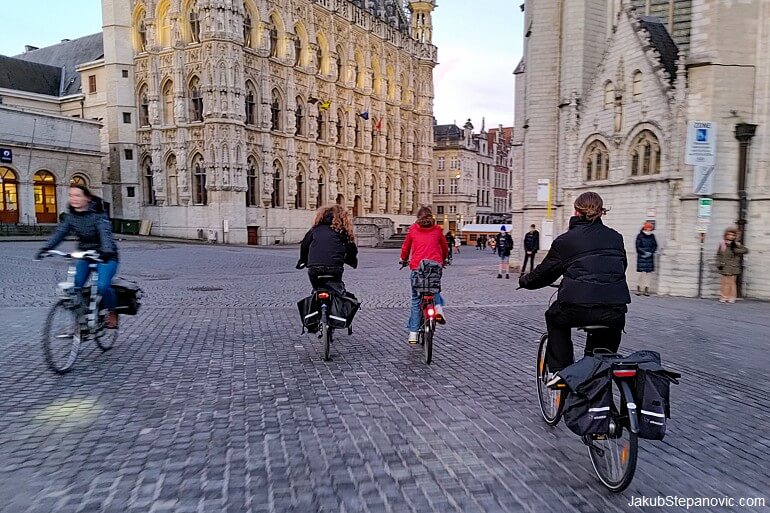
My first Belgian cycling experience was in a city. As mentioned, the local infrastructure is very good, and the city bikes are excellent for their intended purpose. They cover short trips with ease and more cost-and-time effectively than using a car. They can also carry a remarkable capacity. The other day I took two big boxes and a backpack with a combined volume of nearly 400l to a post office. To put it in perspective, it is more load space than the booth dimensions of the Ford Focus, as well as the Volkswagen Golf. Of course, a bike wouldn't cut certain applications, but for the absolute majority of cases, it is well-sufficient.
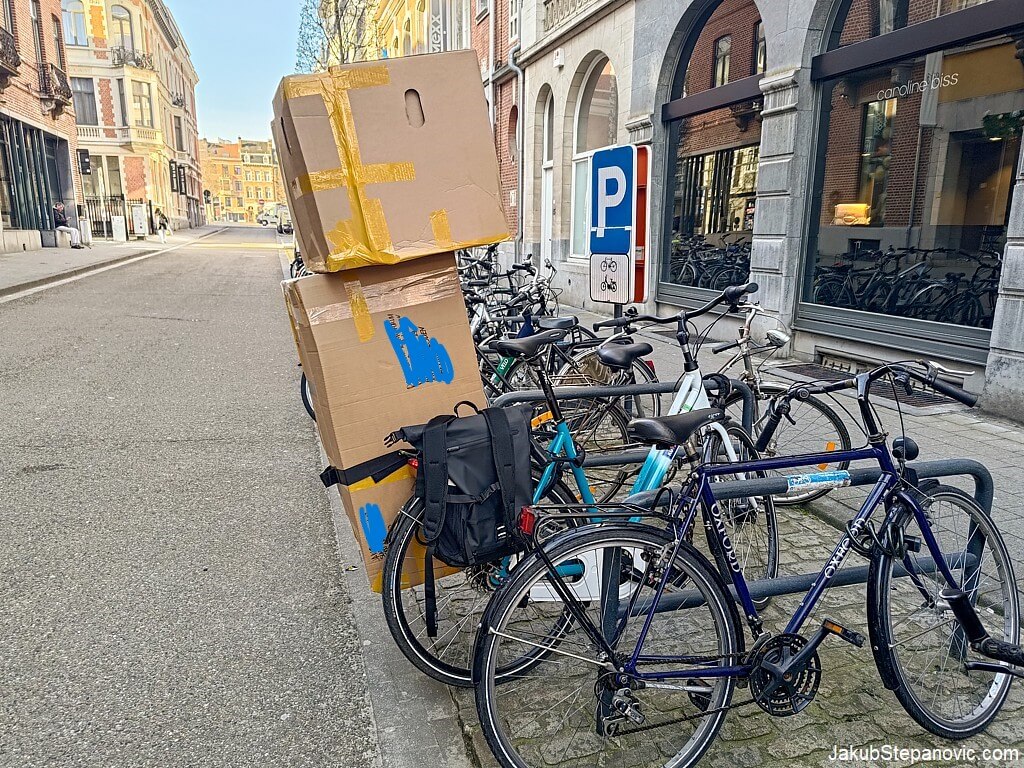
But one area where the city bikes are not good is when you want fun biking experience, which comes with responsive handling and ease to cover longer distances. This comes from using the Dutch-styled bikes, which look like this:
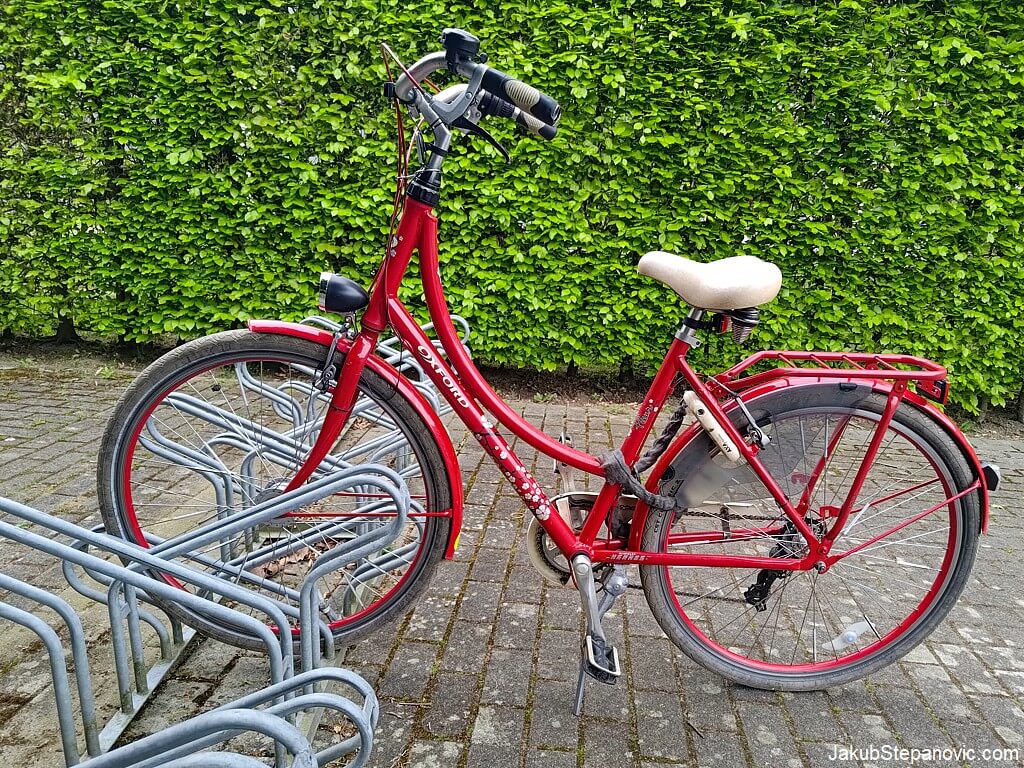
Since the Dutch cycling infrastructure is so developed, it would be easy to think the Dutch-styled bikes are the pinnacle of urban mobility too, but it is not universal. Modern bikes are practical, comfortable and safe, but their frame design hardly changed since the 19th century. Look at the English bike below and compare it with the modern-day bike above. They look nearly the same!

1898 Raleigh. Source: onlinebicyclemuseum.co.uk
As such, they are about as heavy as those old ones — which is a lot. To make things worse, some bikes have hub gears and dynamo that add drag. It might work in the Netherlands, but there are hills in Belgium, and climbing them on these bikes can be a pain even with the gears. Another issue is that when you ride a heavy and comfy bike, it doesn't even feel like cycling; it feels like being on a couch. But Belgium is notorious for its cobblestones, which can pull some nasty tricks when wet; or worse, icy.

If one responds to a sudden change of traction like when sitting on a couch, they might learn the hard way. I had a few close calls, and it was not just me; some winter days in the city were carnage. It reminded me of the place I went to college in the US, where people equally struggled on frosty roads. But they drove cars instead of cycling, so when they crashed, it often resulted in damage worth thousands of dollars. When I saw people crashing here in Belgium, they just got their trousers dirty.
Besides the weight, I struggled to adapt to the bikes' contact points: the curved handlebars might be comfy but aren't the best for balancing, the pedals have a slippery rubber finish, and the brake levers are designed to be grabbed by three fingers, which is more than you want for retaining secure grip on the handlebars. I am used to riding my bike with my index fingers always on the brakes while holding the handlebars with the remaining fingers. Here is how it looks in practice when riding in an abandoned military missile base.
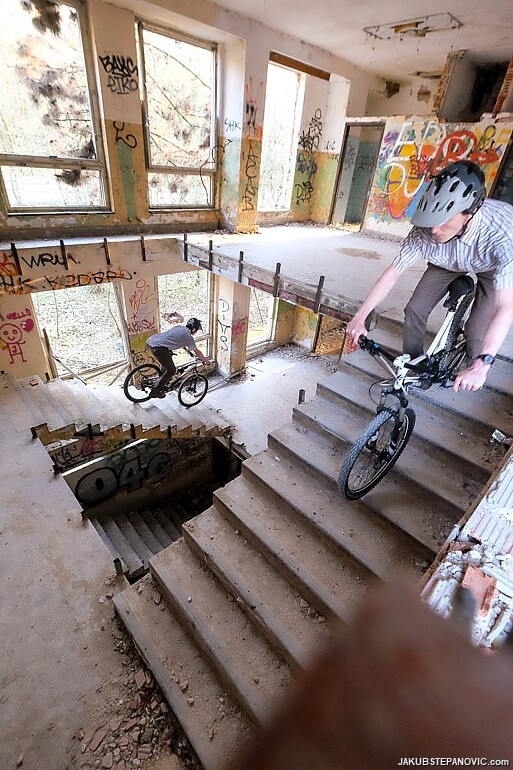
The three-finger design compensates for weaker brakes by applying stronger force on the lever. However, with the slow city bikes, one-finger braking would produce enough stopping power, if the finger could use the full leverage. But should I want to use my index finger to do so on the 3-finger lever, it is so close to the fulcrum that it doesn't work. One cannot move the lever due to the handlebar's shape, and using a different finger is not ideal either.

That said, I conspired about replacing some components to mitigate these issues, but then I realized that the moment I would have solid contact points with the bike, I would be tempted to ride it as my mountain bike, and the inevitable would happen: the wheels or the frame would give up, and I would whack my face to the ground. Hm. I will keep the slippery pedals.
These issues discouraged me from taking longer rides, and my motivation to go out dropped. At first, I thought that it might just be a defense for being lazy. "There are always reasons not to do something cool, enough with rubbish excuses!" I spat and went to grab the bike. After around ten kilometers, I approached a modest hill. Halfway through the climb, people on road bikes flew past me as if they were on e-bikes. Meanwhile, I felt the blood vessels in my eye popping and thought that a stroke was coming. Clearly, this wasn't the cycling paradise I looked for.
Off-road
So, the next chapter was to try my beloved mountain biking here. A local organization put together an MTB ride with rental bikes, allowing those who don't have their own to join. Something not to be missed! Excited, I signed in, got to the meeting point, and picked up a bike. The group leader told us about the route, and off we went.
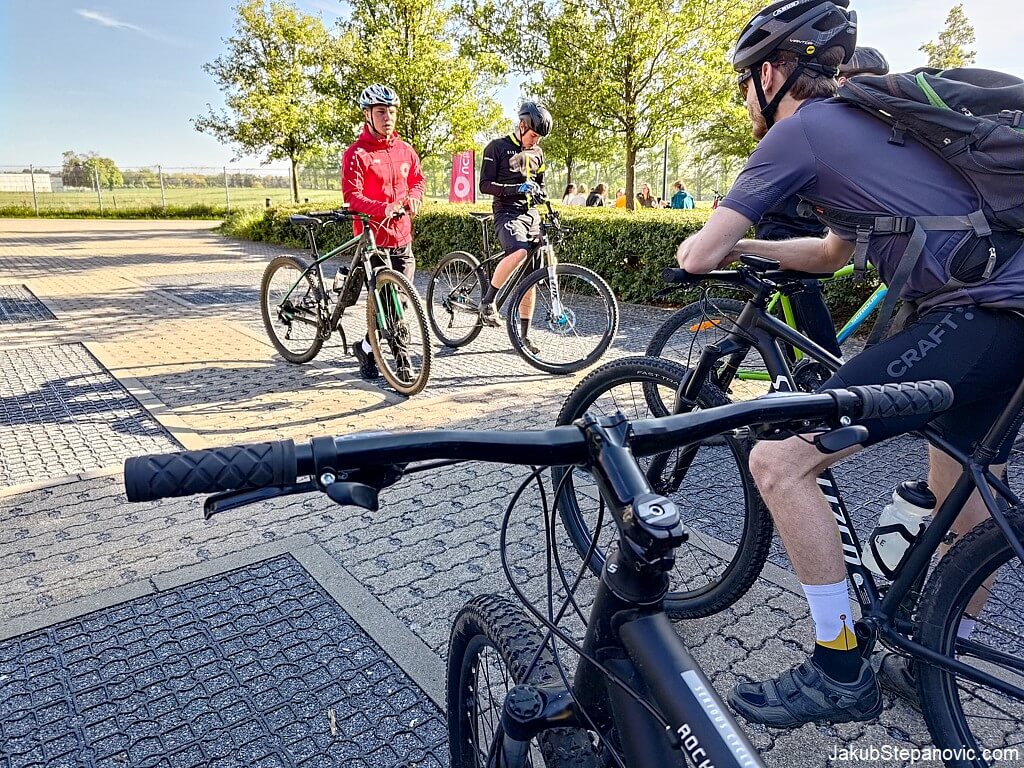
After months on those curved handlebars, going back to straight ones felt strange. But by the time we reached the woods, it all came back, and I felt amazing! The weather was fab, and the forest, Oh, terrific!

The ride started on a wide, smooth trail.
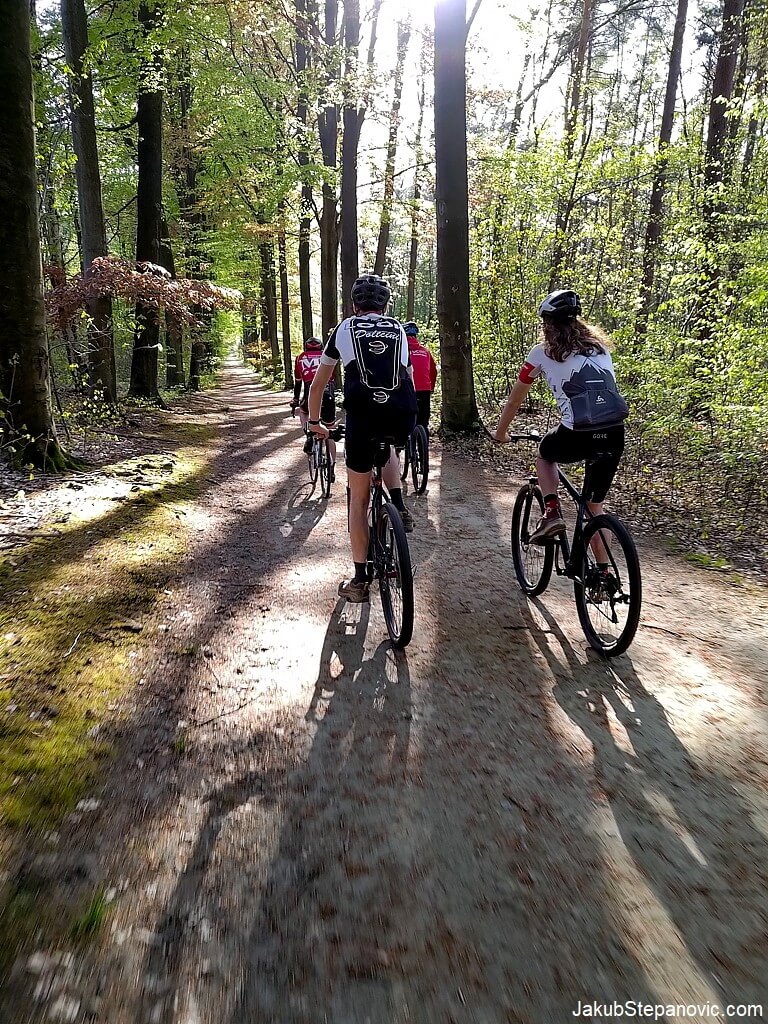
It was enjoyable, but it was like riding in a parking lot. Then, we stopped, and the group leader warned us of a "steep, technical section" ahead. "Yes!! Bring on the paradise!" I euphorically exhaled and braced for roots, rock gardens, and drops. Well, there was none of that. The local definition of mountain biking is very different from mine.
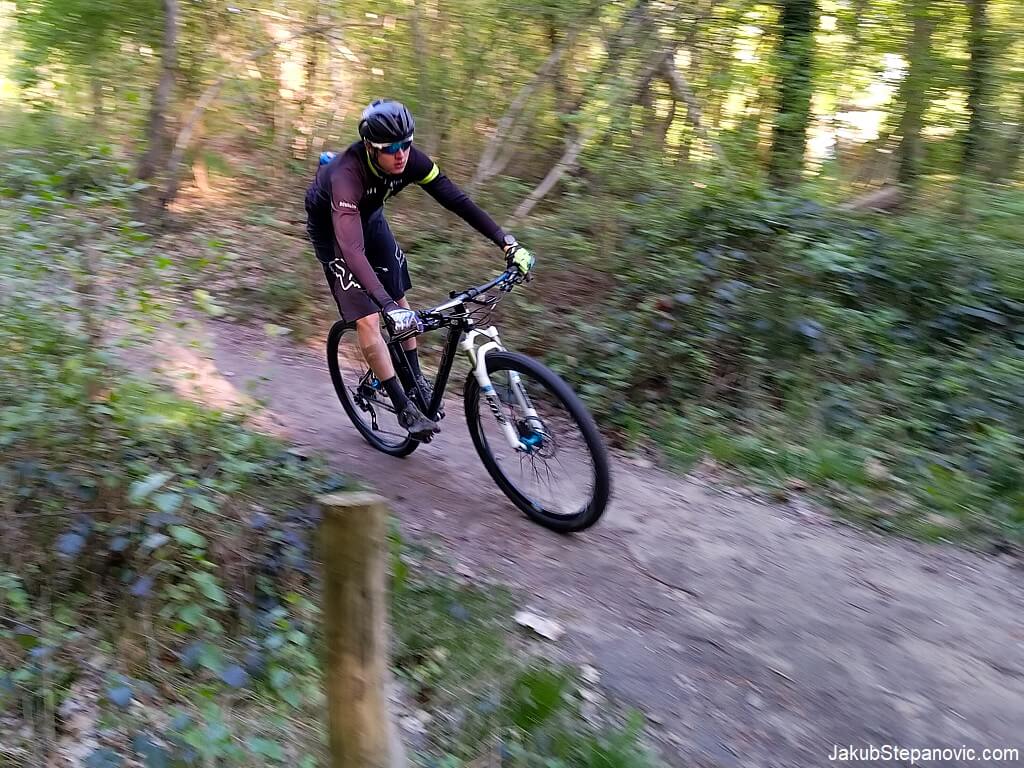
While it might not quite match the joys of riding in Scotland or other places with actual mountains, it was well fun. And then, the ride brought an unexpected bonus: We stopped again, and those who wanted could join a friendly race. Now, I am not big on competing. I tried it ages ago, only to see loads of angry, stressed, and frustrated people. That's literally the opposite of what I like when riding a bike, so I haven't raced since then. I care less about how fast I go, as long as I have fun. But here, folks smiled, and the race was, indeed, just for fun. A bit hesitantly, I decided to join. The organizers marked a course, and people set off individually for a timed run. I gave it a shot, and when everyone finished, the timer said: "The tall guy won," and pointed at me. Haha, no way!

Yeeeow... I rode around 35 km over uneven terrain that evening, yet it felt about as much as 15 km on the city bike. Yep, the equipment does make a difference. "But what if it was on a smooth surface?" I began to wonder. This segues to the Belgian domain:
Road Cycling
Coming to Belgium came at the right time for me. If I'd come, say, two years ago, I wouldn't be interested in road cycling at all, because most countries where I lived before had roads full of cars often with drivers that disrespect cyclists. I saw no appeal in cycling in such conditions. But then, I did some road cycling (although not on a dedicated road bike) in Brittany last year, and it felt so good that I thought I'd be willing to immerse myself in this branch of cycling, should I ever live in a place similarly suited for road bikes. And out of all places, I ended up in Belgium. "Okay, let's try it!"
I looked into renting a road bike, but surprisingly, unlike the city bikes available for decent money, rentals of road bikes are rare, and when I found some, their pricing was ridiculous. But after recalling the mentioned positive cycling experiences in France, but also recently in Finland and the Netherlands, I felt confident about the chances that I'd like it. I thought I'd buy one, but that was a minefield too. Solid bikes that fit me well are hard to find used, and the new ones can easily cost more than a month's salary. I wasn't ready for such an investment; clearly, compromises were to be made, so I went retro. Look at this beauty!
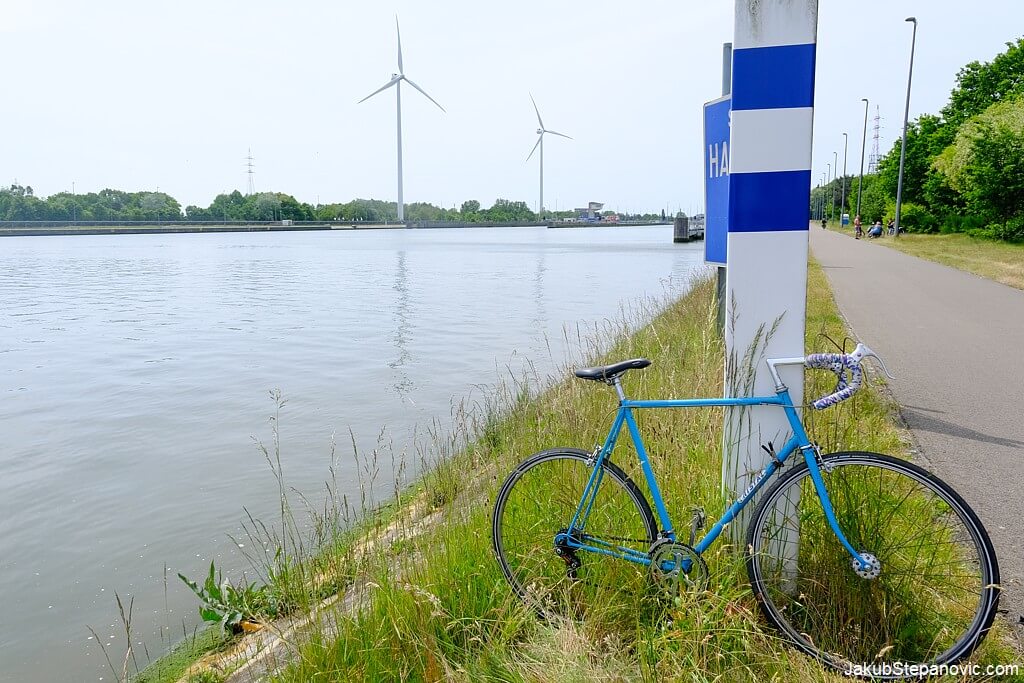
I paid less than some companies charge for two days of renting a high-end road bike, or five days for a standard one! "If I ride it for just a week, I already make money." I thought.
How was it? Well, my initial stage was far from serene. At first, it was like learning to walk again. What should be natural, was not. I felt like I was riding a scaffolding with bolted wheels; the steering didn't want to do even remotely tight turns, the cobbles were terrifying even when dry, and the brakes didn't add confidence either. However, there was also something instantly promising: as there is no suspension and burly tires to steal the energy between the rider and the road, when you press the pedals, the bike launches forward like a rocket. On my first ride, I did a 20 km loop on some car-free cycling paths near the city, and it felt like nothing. "Wow!" I thought and looked forward to the next spin.
The following day I dropped a pin on a map to a place that I had never been to. It started on another smooth path away from cars — so far so good.

Then, the asphalt changed into unpaved singletrack. I didn't expect this, but it turned out to be the best thing that could happen. What would be a boring traverse on a mountain bike turned out to be the thrill of thrills on my day-old road bike with ludicrously narrow tires and handlebars. The tight and bumpy path required me to focus on handling, so I got much-needed practice on how to ride this thing. I was sold. Let's go!

By the time I emerged from the woods, I felt much more comfortable with the bike. Thank goodness, because I joined a car road. But it had minimal traffic, so I could continue building my confidence without stress. Then, there was a hill. I got overtaken by roadies again, but I didn't feel like a stroke was coming my way this time. I had spectacular fun instead. As a bonus, I explored a new area and I found an ice cream shop while getting purposefully lost. All was fab!
Where is this leading? Will I be talking about watts and owning an aero lycra suit in a few months? I don't think so. However, I also didn't think that I would ever find road bikes exciting not too long ago. We'll see. But what I am certain about is that I will be all right here, even without mountain biking.
So, that was my ABC of the issue, now I am ready to explore the rest of the alphabet.
UPDATE 2024: You can now read how I discovered the road cycling as I like it.
Thanks for reading! What would you like to see next? You can let me know. Meanwhile, you can browse my Blog Archives for more stories, such as those about:
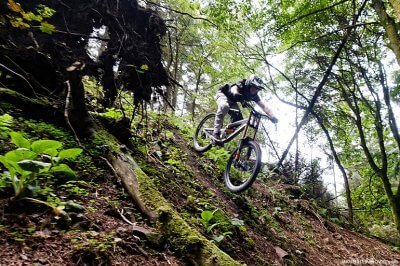
|

|
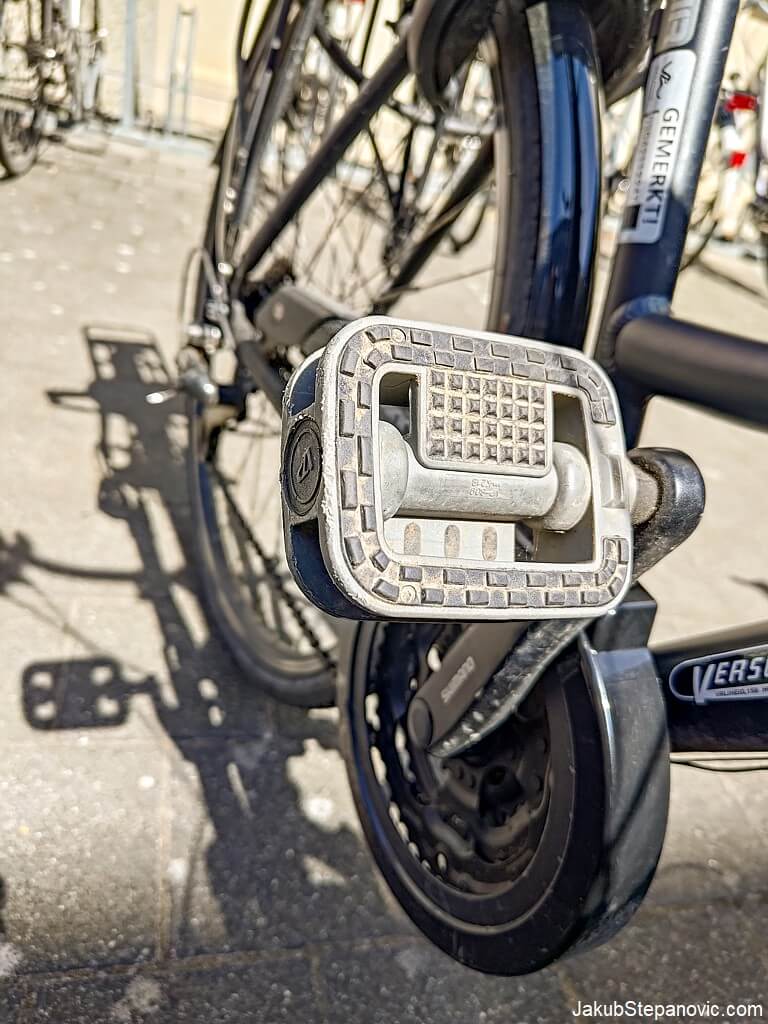
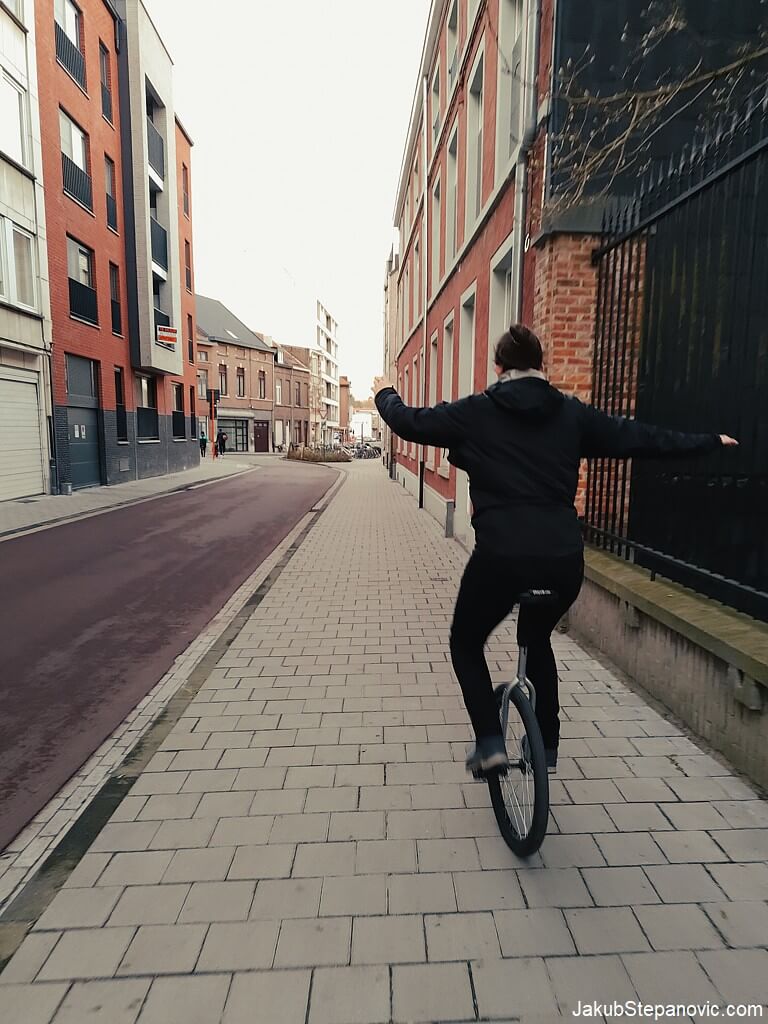

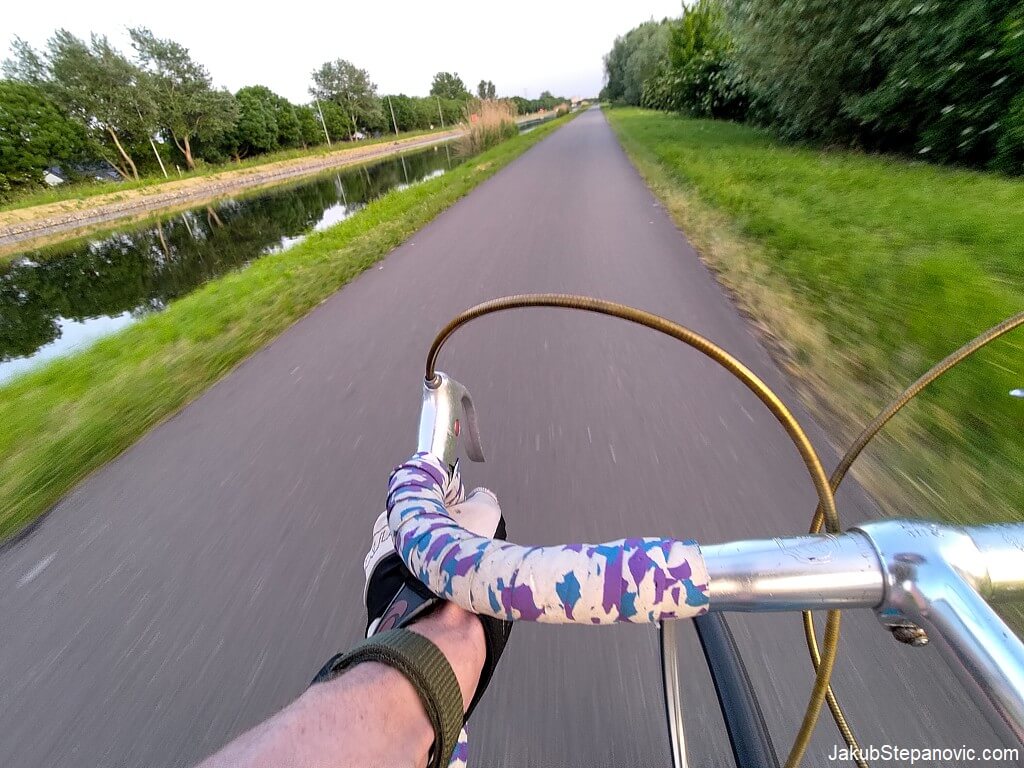
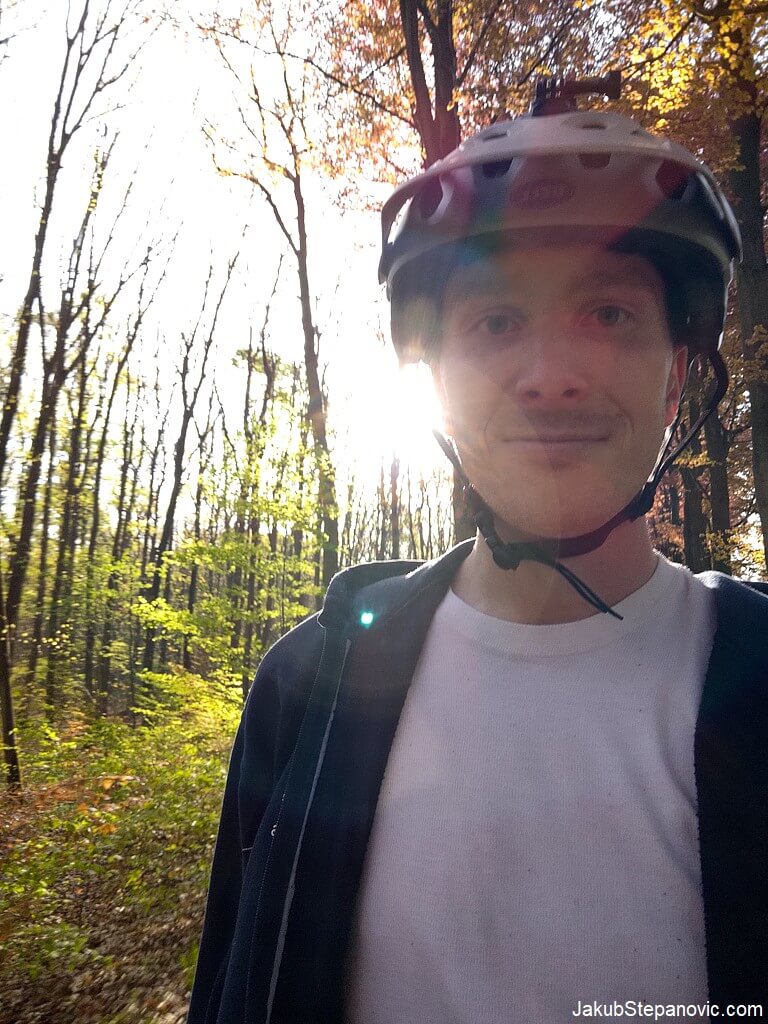

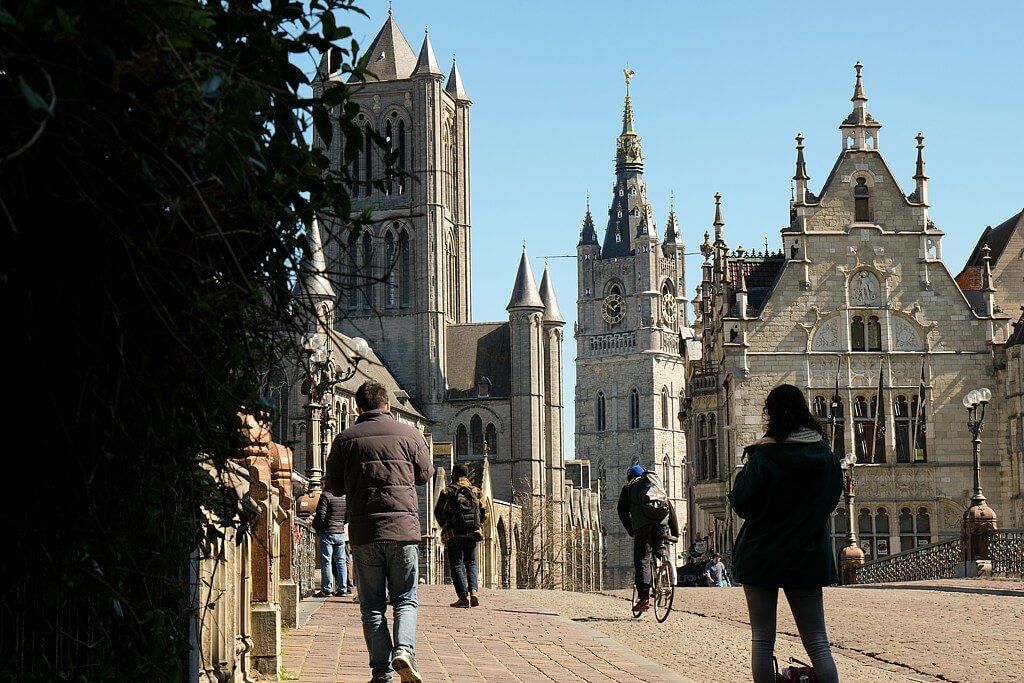


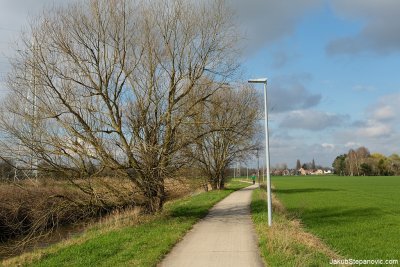

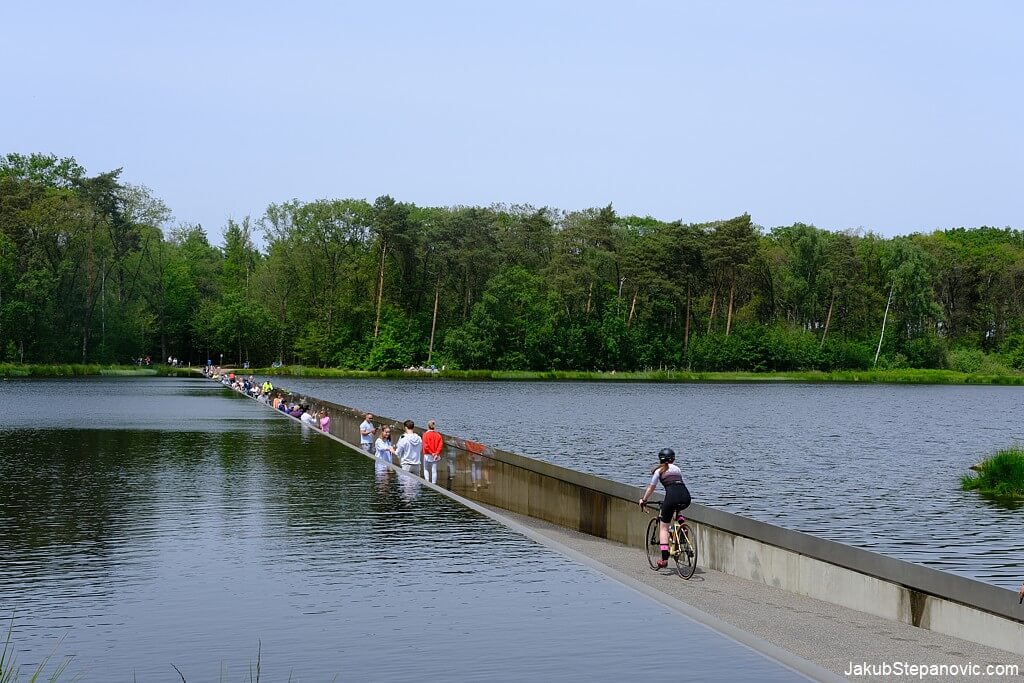
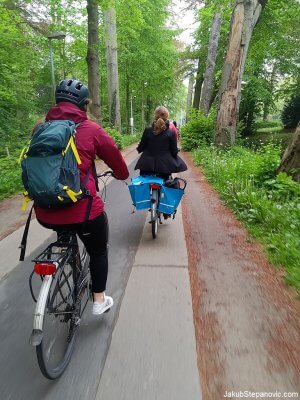
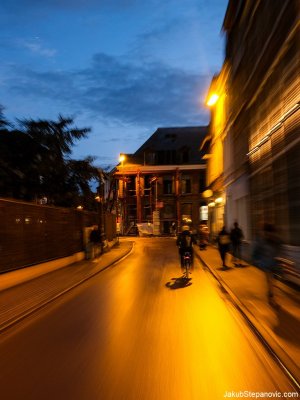



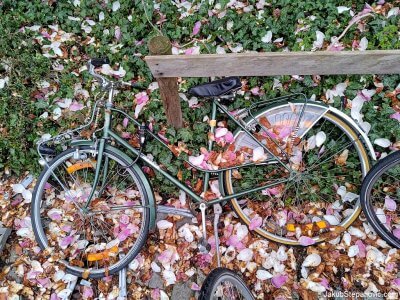

Comments are closed.